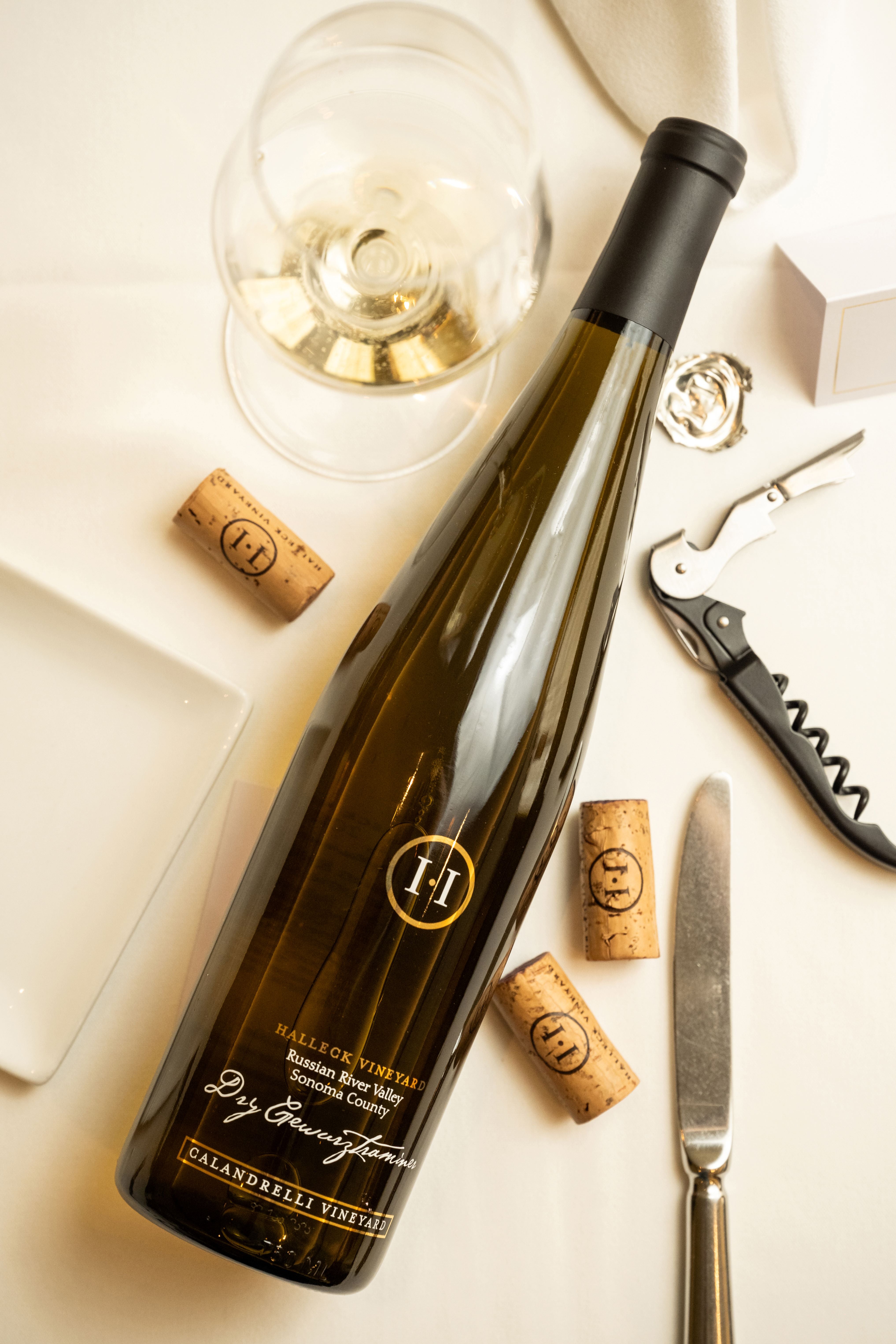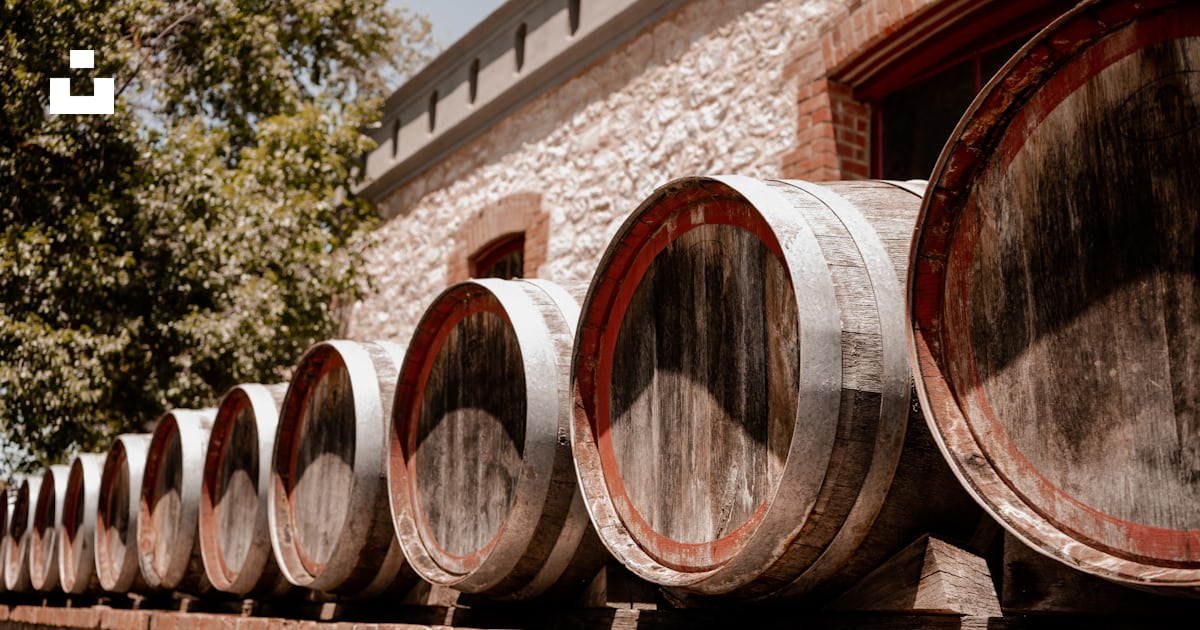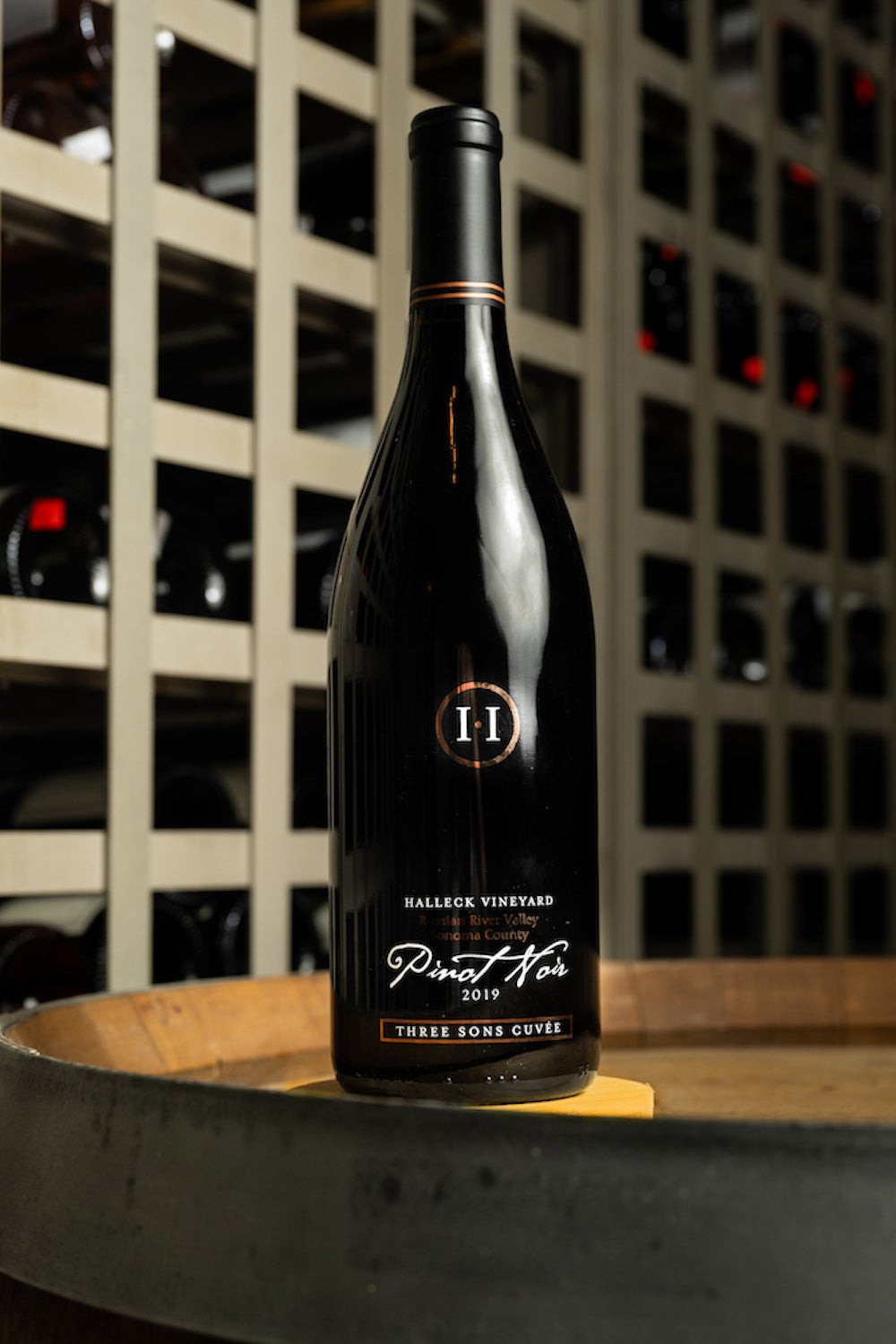Intimate Wine Tasting Experiences In Sonoma - Vines And Views In Sonoma Wine Country
Wine tasting is an art that combines sensory experience with an appreciation for the nuances of various varietals. How to judge flavors in winery wine tasting sessions is pivotal to greedy the complexities of wine.
Participating in a wine tasting involves more than simply sipping and savoring. It requires a focused approach to identify aromas and flavors that each wine presents. As you start, observe the wine's look, noting its color and clarity. These visual cues typically suggest a wine’s age, grape variety, and even potential flavor profiles.
The next step in the tasting course of is to swirl the wine in your glass. This action releases fragrant compounds which might be important for evaluation. Lean in and take a second to inhale deeply; the aromas can range from floral and fruity to spicy and earthy. The nostril of the wine is just as necessary because the palate, and recognizing scents plays a big function in understanding the overall experience.
When taking your first sip, allow the wine to move throughout your palate - Wineries Pairing Wine With Chocolate. Discover the preliminary flavors that present themselves. Is the wine fruity, floral, or maybe herbaceous? This preliminary taste offers perception into what the wine is more doubtless to express as you proceed to gauge it. The mouthfeel also contributes to the overall flavor experience; it can be silky, tannic, and even effervescent.
Wineries Promoting Wine Club Memberships - Sebastopol Wine Experiences
As you proceed tasting, take note of the wine’s balance. A well-balanced wine will harmonize acidity, sweetness, and tannins. If one element overwhelms the others, it would indicate a less fascinating quality. Evaluating steadiness may help you determine how well the wine might pair with food.
Transitioning to the finish, consider how the flavors evolve as the wine lingers on your palate. A lengthy, nice end can point out a high-quality wine, while a short or abrupt finish might suggest otherwise. Replicate on whether or not the flavors remain constant or if new notes emerge because the wine settles. This development can reveal complexities and intricacies that might not have been obvious in the preliminary tasting.
Temperature is also an important factor in evaluating wine flavors. Different forms of wine are optimally loved at particular temperatures. White wines often shine when chilled, whereas pink wines usually carry out best at room temperature. When tasting, make positive the wine is at the acceptable temperature to completely respect its character.
Scenic Vineyard Tours In Sebastopol - Sonoma’s Lush Vineyard Landscapes
Pairing food with wine can greatly enhance the tasting experience. Foods can influence the perception of flavors in wine, both highlighting certain characteristics or diminishing them. When evaluating flavors, consider how the wine interacts with totally different meals, noticing which flavors are amplified or muted (Wineries Known For Handcrafted Wines).

Think About the influence of terroir as you have interaction in a winery tasting. Terroir encompasses the distinctive environmental factors that affect grape growing, together with soil composition, climate, and geography. Understanding a wine's terroir can present insight into its flavors and aromas, fostering a deeper appreciation for the alternatives made throughout its cultivation and manufacturing.
Schooling plays a elementary position in enhancing one's capacity to evaluate wine flavors. Learning about grape varieties, wine regions, and manufacturing methods can pave the finest way for extra knowledgeable judgments during tastings. Moreover, attending workshops or classes can refine sensory skills and increase your flavor vocabulary, enabling you to articulate tasting notes more successfully.

Lastly, it's essential to remember that evaluating wine flavors is a highly personal experience. Individual preferences and perceptions will invariably shape one’s tasting journey. Enjoyment ought to be at the forefront, with the evaluation course of appearing as a tool to boost understanding and appreciation rather than create rigid pointers.
Wineries Offering Charcuterie And Wine Pairings - Family-Owned Wineries In Sonoma
In conclusion, mastering tips on how to evaluate flavors in winery wine tasting sessions involves a combination of sensory engagement, knowledge, and practice. By learning to identify aromas, assess the balance, and recognize the intricacies of flavor, wine enthusiasts can deepen their connection to each bottle they encounter. As with any art kind, the extra one immerses themselves in the experience, the extra they will uncover and enjoy the huge world of wine.
- Begin by observing the wine's shade and readability, as these visible components can trace at its flavor profile and aging potential.
- Swirl the wine gently in your glass; this releases aromatic compounds, allowing you to higher determine the advanced scents related to the wine.
- Take a deep inhale earlier than tasting, focusing on both primary and secondary aromas to gather insights on fruits, spices, and other nuances.
- When tasting, permit the wine to coat your palate; note the preliminary flavors, the mid-palate complexity, and the finish as these stages can present completely different flavor highlights.
- Pay consideration to texture and mouthfeel, as elements such as tannin levels, acidity, and sweetness contribute significantly to the general tasting experience.
- Evaluate flavors against standard wine traits; for pink wines, think about berry notes, oak affect, and herbal tones, whereas whites could embrace citrus, stone fruits, and floral hints.
- Take notes during the tasting session to track your impressions, serving to you to recollect and consider the totally different wines sampled.
- Focus On your findings with fellow tasters or winery employees, as sharing insights can improve understanding and appreciation of individual flavors.
- Allow time for the wine to breathe; sometimes, flavors evolve and reveal new dimensions after being uncovered to air.
- Experiment with food pairings in the course of the tasting as they can dramatically alter how flavors are perceived, influencing overall enjoyment.undefinedWhat ought to I search for when evaluating the aroma of wine during a tasting?
Start by swirling the wine in your glass to release its aromas. Bring the glass to your nose and take a deep breath. Pay consideration to the primary scents you detect, as these are sometimes the most prominent. Look for fruit, floral, herbal, or earthy notes and try to determine specific characteristics, which will deepen your understanding of the wine's complexity.
Wineries That Welcome Walk Ins - Exploring The Vineyards In Sonoma County

How can I distinguish between totally different flavor profiles in wine?
Understand that flavor profiles are often categorized as fruit, floral, herbaceous, spicy, or mineral. Take small sips and allow the wine to coat your palate. Notice the first flavors that emerge first and the delicate notes that comply with. This layering is crucial in distinguishing the wine's characteristics and can help you recognize its distinctive profile.
Cultural Wine Experiences In Sonoma County - Tasting Experiences In Sebastopol Vineyards
What is the significance of the wine's texture in a tasting?
The texture of the wine, also referred to as mouthfeel, go right here plays an important role in how we understand flavors. Pay consideration as to whether the wine feels smooth, creamy, or gritty. The body of the wine (light, medium, or full) can improve or contrast with flavors, providing a extra rounded experience during tasting.
How do I assess the stability of flavors in wine?
Steadiness in wine refers to the concord between acidity, sweetness, tannin, and alcohol. Take a second to evaluate whether these components complement or interfere with each other. A well-balanced wine could have none of its components overpowering the others, creating a pleasant tasting experience.
Family-Friendly Wineries Near Sebastopol - Scenic Wineries Of Sebastopol
What position does temperature play in evaluating wine flavors?
Temperature can considerably impact the perception of flavors. Generally, pink wines are finest served slightly below room temperature, whereas white wines get pleasure from being chilled. As the temperature modifications, the aromas and flavors can shift, allowing you to understand different traits. It’s important to style wine at its optimum temperature for true analysis.
Wineries With Scenic Views - Top Sonoma Wine Tasting Destinations
How can I enhance my tasting skills over time?
Practice is key to bettering your tasting skills. Wineries With Educational Tours In Sonoma. Attend tastings, keep a journal of your experiences, and discover several types of wines to broaden your palate. Additionally, studying about wine production and grape varieties can provide context that enhances your evaluation process, making you a more informed taster.
Is there a selected order by which I ought to style the wines?
Wineries With River Views - Sonoma's Premier Wine Tasting Events
Yes, it’s advisable to taste wines from light to full-bodied and dry to sweet. This development prevents the stronger flavors from overshadowing the extra delicate ones, permitting you to fully respect each wine's you could try these out traits and nuances with out palate fatigue.
How can I evaluate the aftertaste of wine?
Artisan Wineries In Russian River Valley - Sonoma County Wine Tasting Locations
The aftertaste, or finish, is a crucial facet of the wine-tasting experience. After swallowing, take note of how lengthy the flavors linger in your palate and whether or not they change. A lengthy, nice end is often an indicator of a high-quality wine, while a brief or disagreeable end could counsel otherwise.
Why is it necessary to note the wine’s acidity throughout tasting?
Acidity contributes to the general freshness and construction of the wine. Pay consideration to the tingling sensation on your tongue; higher acidity can improve the wine's liveliness and steadiness out sweetness. Noting acidity helps decide the wine's versatility with food and its aging potential.
What should I do if I wrestle to establish particular flavors in wine?
Best Pinot Noir Wineries In Sebastopol - Exploring The Vineyards Of Sonoma
Struggling to establish flavors is common, particularly for newbies. Focus on broader categories and describe what you can acknowledge, similar to sweet or earthy notes. With practice, reading about completely different flavor profiles, and maybe utilizing flavor wheels, you'll refine your senses and develop a more nuanced method to tasting.